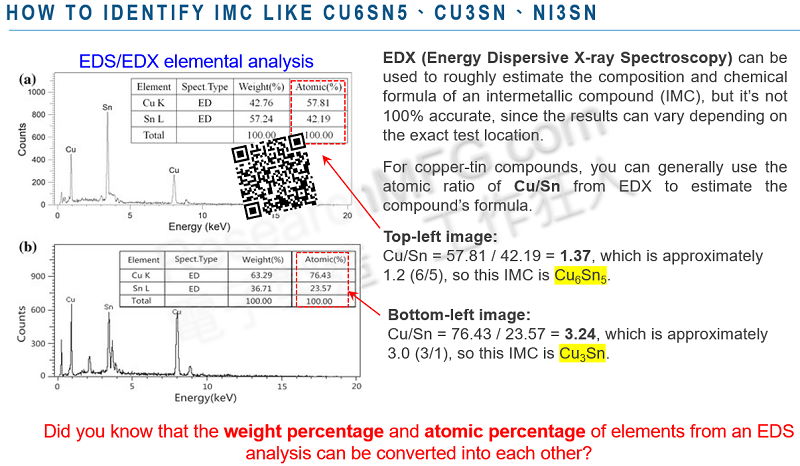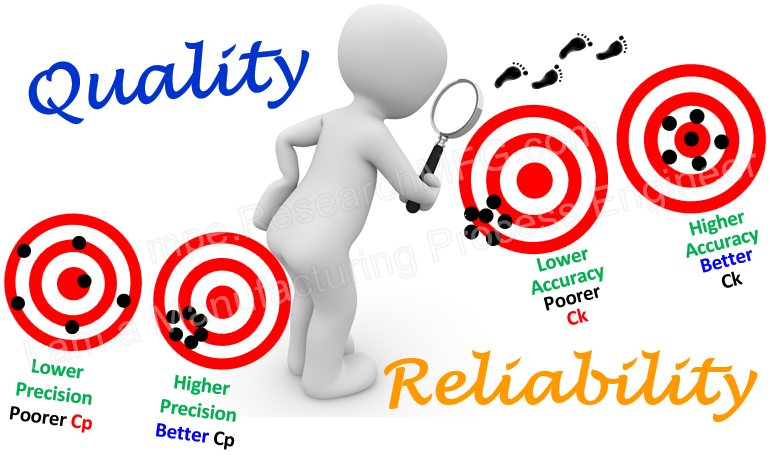
Do you ever find yourself being less than honest when writing an 8D report to a customer? Or maybe in your company, the 8D report is more like a “one-man show”? What should we really pay attention to when writing an 8D report?
Here, Workingbear wants to share some personal thoughts about the 8D report. To be clear, Workingbear isn’t exactly a quality management expert — just someone who has spent years in the field, taken some basic quality-related training, written a few 8D reports, and reviewed plenty from suppliers. These experiences brought some insights worth sharing. Of course, if you have different opinions or questions, feel free to bring them up for discussion.
In this article, Workingbear will start by sharing a few practical ideas. Let’s talk about five key concepts you should understand before writing an 8D report.
If you’re eager to jump straight into the step-by-step process (D1 to D8), you can first check out another article titled “Problem Analysis and Solving: An Introduction to the 8D Report Method.”
1. Use 5W1H to Describe the Problem Clearly
When telling a story, have you ever thought about what makes people want to listen? Usually, it’s when we tell it like a story. For example:
Once upon a time, a woodcutter’s wife was washing clothes by the river. She saw a big peach floating downstream, picked it up, and brought it home happily to share with her husband. Since she couldn’t cut it open alone, she waited for him to return from chopping wood. When they finally cut it open together, a baby boy jumped out — they named him Momotaro and raised him as their own.

Surprisingly, this short story already includes all the elements of 5W1H — it answers who, what, when, where, why, and how.
Let’s take a closer look:
-
When: A long, long time ago.
-
Where: By the river.
-
Who: The woodcutter, his wife, and Momotaro.
-
What: They found a peach, cut it open, and discovered a baby inside.
-
Why: They wanted to eat the peach.
-
How: They raised the baby as their own.
See? A simple story can convey a complete picture through 5W1H.
When writing about a quality issue in an 8D report, we should do the same. Clearly describe the people, events, time, place, reason, and method involved, so readers can understand the full context — not just fragments. This helps avoid misjudgments later in the analysis.
So remember: always use 5W1H to describe the problem completely.
2. Be Honest — Don’t Lie
Never lie in your 8D report. Once you start lying, you’ll need more lies to cover up the first one.
A report may be “just a document,” but it’s written by people. Sometimes, you might feel pressured to make things look better. It’s okay to keep certain sensitive details brief or omit minor internal issues — but don’t fabricate information.
You never know when a real expert might review your report and question your story. Lying only destroys credibility, won’t solve the problem, and might even make you the one who takes the blame later.
👉 Key point: It’s okay to omit; it’s never okay to invent.
3. 8D Report Is Not a One-Man Show
Remember, an 8D report is a team effort — often involving people from different departments. If one person could handle it alone, you probably wouldn’t need an 8D process in the first place.

Why? Because solving a quality issue usually requires help from many roles:
-
QC to gather data,
-
production operators for test runs,
-
test engineers for product validation,
-
process engineers for production parameter adjustments,
-
and even sales for customer feedback.
Trying to handle everything alone is inefficient and short-sighted. A cross-functional team provides more perspectives, helps avoid blind spots, and ensures a more complete 8D report.
4. Focus on the Problem, Not the Person
The goal of an 8D report is to solve problems, not assign blame.
Focus on what went wrong in the process — not who made the mistake.
Avoid writing things like “Operator A made an error.”
Instead, write “The procedure lacked a clear inspection step, which led to the error.”
We’re improving systems and processes, not people.
5. Let the Data Speak
The strength of an 8D report lies in its logic and credibility. That’s why you should always back your findings and actions with quantitative data whenever possible.
For example, don’t write:
“There were some soldering defects.”
Instead, write:
“Between Sept 10–12, 2025, Lot #ABC123 had a 5% solder defect rate, while the normal rate should be below 0.5%.”
Clear data helps others understand the severity of the issue and evaluate whether your corrective actions are effective.
But what if the issue can’t be easily measured? Try using indirect but measurable indicators.
Examples:
-
For cosmetic defects, record the defect rate from sample checks.
-
For scratch issues, use levels like:
-
Level 1, Light: LVisible but not felt with fingernail.
-
Level 2, Moderate: Felt with nail but not with fingertip.
-
Level 3, Heavy: Felt with fingertip (severe).
-
-
For mechanical “sticking” issues, measure stuck count / operation count.
This way, you can still “quantify” qualitative problems.
These five ideas are what Workingbear believes everyone should understand before starting an 8D report.
Next time, we’ll talk about what an 8D report really is, who it’s written for, and when to use it.
That’s it for today! Again, Workingbear doesn’t claim to be a quality expert — just sharing personal experience and thoughts. If you have your own opinions, feel free to share or discuss them.
YouTube: 5 Key Mindsets Before You Start Writing an 8D Report
Podcast: EP028E-5 Key Mindsets Before You Start Writing an 8D Report
Related Posts:






![[Case Study] Troubleshooting a Customer Complaint – Keypad Malfunction Caused by Oil & Powder Contamination on the PCB [Case Study] Troubleshooting a Customer Complaint – Keypad Malfunction Caused by Oil & Powder Contamination on the PCB](https://mpe.researchmfg.com/wp-content/uploads/2025/Oil_on_PCB_summary-mpe.jpg)


Leave a Reply